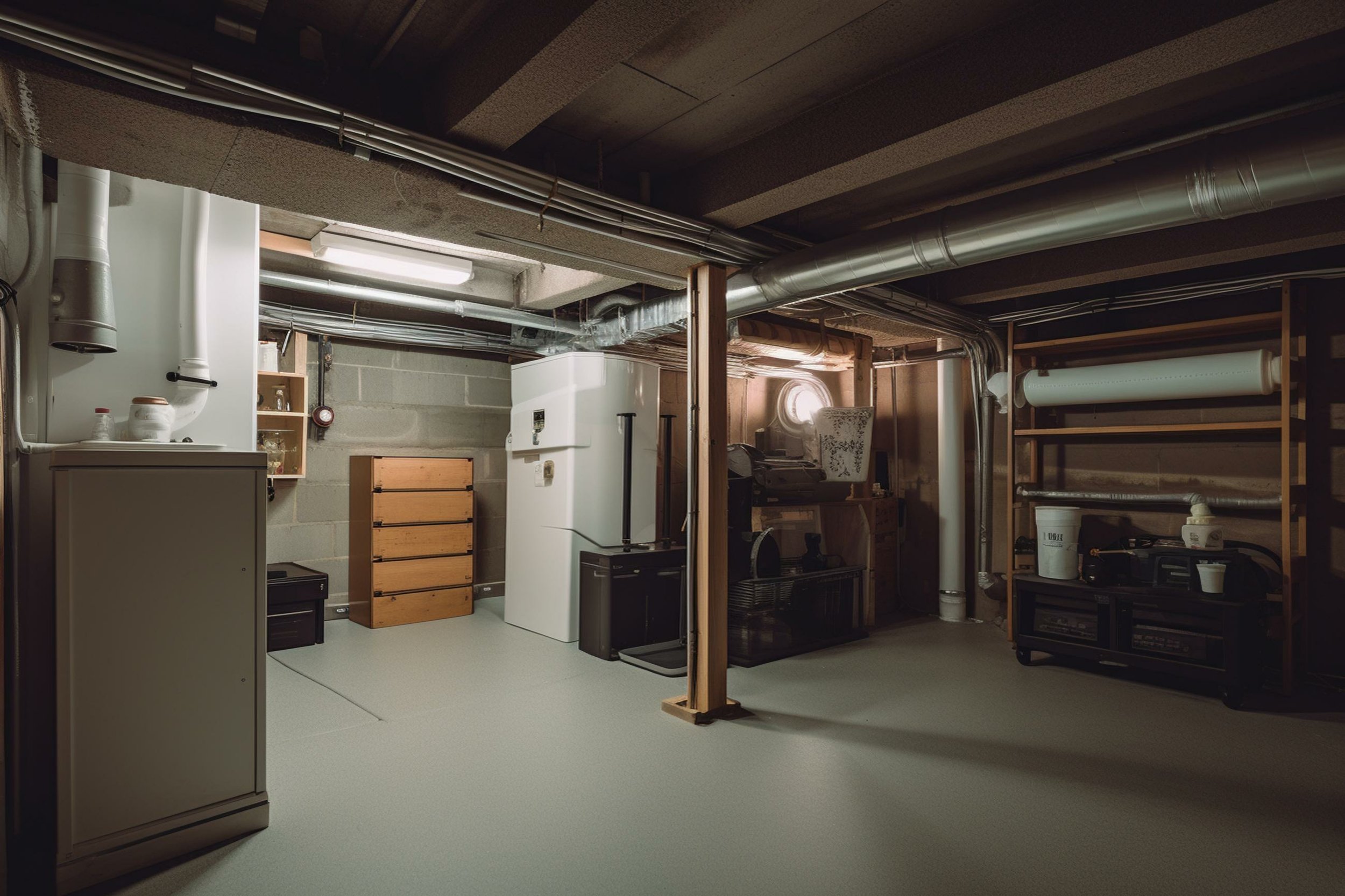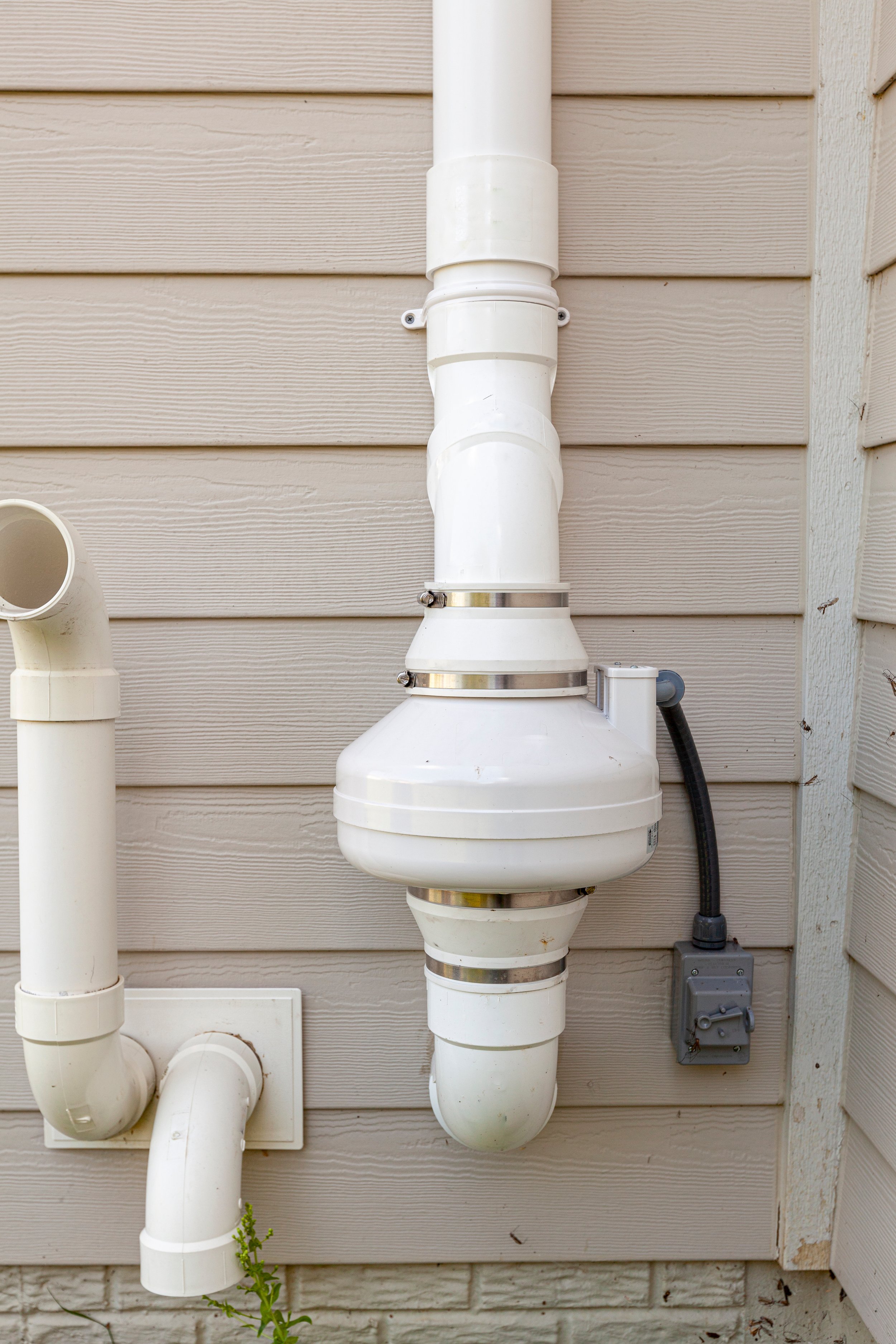Understanding Radon
Understanding Radon: The Silent Threat in Your Home
In the realm of home safety, radon is a silent yet significant concern that every homeowner should be aware of, even in regions like Phoenix, Arizona. This invisible, odorless, and tasteless radioactive gas is a natural byproduct of uranium decay in soil and rocks, which can seep into homes through cracks in the foundation, gaps around pipes, or other openings. Despite its stealthy nature, radon exposure poses serious health risks and demands proactive measures.
Why Every House Should Be Tested for Radon
Radon is a leading cause of lung cancer, second only to smoking, according to the Environmental Protection Agency (EPA). In fact, it's estimated to be responsible for about 21,000 lung cancer deaths in the United States each year. The risk increases significantly for smokers or those who have smoked in the past, as their lungs are already compromised.
Testing for radon is crucial because high levels can exist in any home, regardless of its age or location. The EPA recommends that all homes, whether old or new, be tested for radon to ensure the safety of its occupants.
How Radon Testing Works
Radon testing is a straightforward process that can be conducted by certified professionals or with do-it-yourself kits. Professionals typically use passive devices like alpha-track detectors, which are placed in the lowest livable level of the home for a specified period. These devices then measure the concentration of radon in the air.
For short-term testing, results are typically available within a few days. Long-term tests provide a more accurate picture of radon levels over several months. If levels are found above 2 pCi/L (picoCurie per liter), further action is recommended.
Understanding the Dangers of Radon
Exposure to radon occurs primarily through inhalation of contaminated air. Over time, radon gas decays into radioactive particles that can get trapped in the lungs, emitting bursts of energy that can damage lung tissue and lead to cancer. Unlike other indoor pollutants that may cause immediate symptoms, radon exposure often goes unnoticed until serious health issues arise.
Radon Mitigation: Protecting Your Home and Family
If higher radon levels are detected, mitigation is essential to reduce exposure. Radon mitigation systems typically involve installing vent pipes and fans to draw radon from beneath the foundation and vent it safely outside the home. This process, known as active soil depressurization, is highly effective in preventing radon buildup indoors.
Qualified radon mitigation professionals are trained to design and install these systems according to EPA guidelines, ensuring that radon levels are reduced to acceptable levels for health and safety.
Conclusion
In Arizona, where geological conditions can influence radon levels, understanding and testing for this radioactive gas is paramount for homeowners. By taking proactive steps to test and mitigate radon, individuals can safeguard their families from potential health risks associated with prolonged exposure. Every home inspection should include a radon test to ensure peace of mind and a healthy living environment for all residents. For more information or to schedule a radon test, contact Dwellinspect Arizona today. Your family’s health may depend on it.


